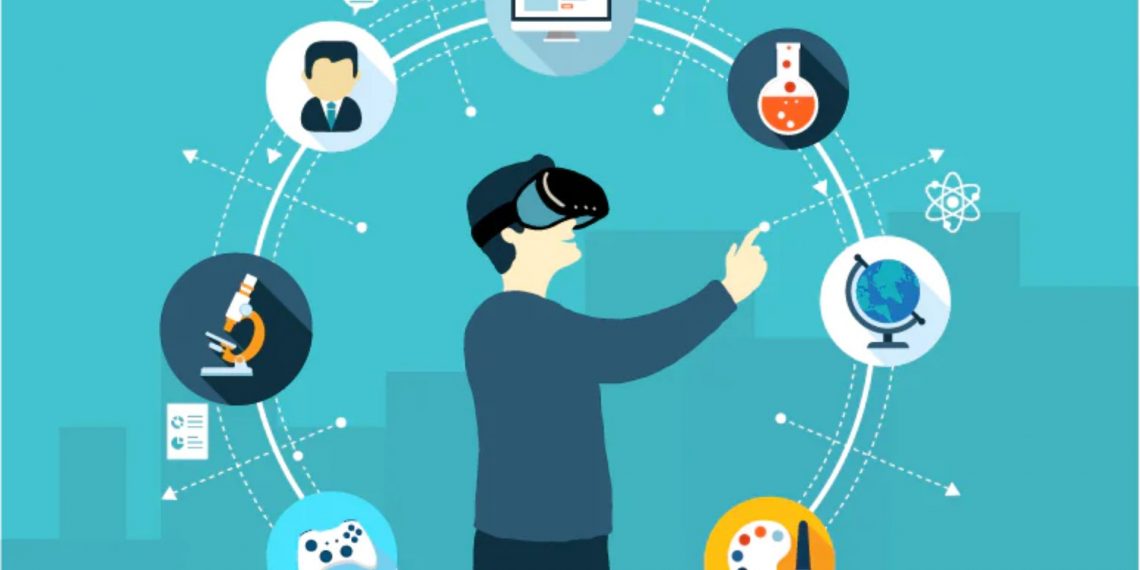In learning institutions, storytelling is not just an art but an educational teaching strategy that revolutionises the way teaching/learning is carried out. It works with the human side which is loving stories, storytelling is utilised in this way to improve the educational content by making it more engaging, memorable, and impactful. The given essay unveils the overpowering influence of storytelling in education; it accentuates the fact that it can titillate, comprehend and cause the formation of a stronger emotional link to the materials.
By Knowing the Purpose of Telling Stories in Learning
Storytelling is about as old as the human race, proving to be a critical link of communication a medium of preserving culture and a tool for education. The stories in professional environments go beyond the teaching methods, offering creative and engaging ways of presenting information for the encouragement of learning.
The Significance of the Storytelling for Education
- Enhances Memory Retention: There are some tales specifically designed that facilitate the learning and retention of factual data. A narrative structure—symbolic of beginning, middle, and end—prevents difficulty in retention since the details are embedded in chronological and emotionally significant contexts.
- Builds Empathy and Cultural Awareness: Tales give a telescope into the windows of other cultures and identical lifestyles. The idea of being around people who have unique stories provides a basis for those who are trying to grow their empathy and awareness of the world. It is particularly important in modern society, considering our ever-growing globalisation.
- Improves Engagement and Motivation: A good story can enthral its audience, as the latter doesn’t always learn from the story. When learners are concerned and are emotionally engaged, they tend to be interactively engaged and they get a deep urge to learn more.
- Facilitates Complex Learning: Stories have a talent for translating complex ideas into comprehensible ones. Using facts and figures in storytelling, teachers can connect the learner’s perception to the importance of thesis abstract notions.
- Encourages Critical Thinking and Problem-Solving: This usage of narratives enables learners to relate the characters they come across to those in real life who encounter the same dilemmas. This model of learning entails thinking critically and sharing their ideas with others in the class, as they brainstorm and suggest the solutions to problems they were faced with.
Storytelling Across Different Subjects
- History and Social Studies: Stories are a very real conversation-engaging opportunity for the learner to interact with different times and cultures from the perspective of real or fictional persons. This will lead to a permanent shift in historical education from the diligent recitation of dates and facts to a meditation on human feelings through which those events were.
- Science: Narratives make what was incomprehensible before, easy to understand, through discernment of scientific complexities and discoveries. As an example, a story of a scientist’s effort to solve a problem can allow a clear demonstration of the scientific approach and can make the topic much easier to comprehend.
- Mathematics: An animal can be telling a story in math when real-life situations that require mathematical answers are presented, this results in students knowing what math is for in the real world, and it also enhances their problem-solving skills.
- Art and Music: Stories may at one time also serve as the base material for an artist’s or songwriter’s creative expression and interpretation.
Using Different Storytelling Techniques for Improving Education
- Incorporate Visuals: Through the use of visual aids such as images, videos, and diagrams, students can be engaged and the understanding process is enhanced, especially when the issues are complicated matters.
- Interactive Storytelling: Let the aforementioned students engage actively by involving them in the story. This might be using role-playing, determining the course of a story or even creating narratives for interactivity.
- Use Technology: People can use electronic instruments and resources in a more interactive and accessible way through digital tools and platforms for storytelling. Animations, digital storybooks and storytelling apps can serve as invaluable means of providing visual narratives for educational purposes.
- Link Stories to Real-World Outcomes: Engage demonstrations into the narrative, to stress that lessons are relevant to life experience. Through this method, students become aware of how the learned concepts relate to real-life issues and consequently demonstrate a strong understanding.
- Encourage Story Creation: Enable the students to develop their narratives. This activity is not only a tool for repeating but also a way to develop creativity, communication skills, and self-confidence.
Conclusion
The educational value of storytelling is so transformative that it applies to students who are learners of various ages. One of the features of storytelling in education is that it can make lessons interesting, boost memory, and give learners the ability to perceive the world and complicate it.
This is what makes storytelling transformative in the learning process. With narrative education still growing and improving, the possibilities become limitless for having storytelling alive and lively learning. Education can still be done with traditional methods or digital innovation, but integrating storytelling is in a way timeless since it remains the most effective approach to teaching and learning nonetheless.




